Market Trends
Key Emerging Trends in the Pharma Packaging Films Market
The pharmaceutical packaging films market is witnessing significant trends that are reshaping the industry and driving its growth trajectory. One prominent trend is the increasing demand for pharmaceutical packaging films due to the growing pharmaceutical industry worldwide. As the global population continues to expand and age, there is a rising need for pharmaceutical products, leading to increased production and consumption of medications. Pharmaceutical packaging films play a crucial role in protecting medications from external factors such as moisture, light, and contamination while ensuring their efficacy and shelf life. With the pharmaceutical industry's focus on product safety, quality, and compliance with regulatory standards, the demand for high-quality packaging films is expected to continue to grow.
Moreover, there is a growing emphasis on innovation and advanced technology in the pharmaceutical packaging films market. Manufacturers are investing in research and development to create packaging films with enhanced properties such as barrier performance, chemical resistance, and compatibility with various drug formulations. Advanced coatings and laminates are being developed to improve film durability, printing quality, and tamper-evident features, further enhancing product safety and integrity. Additionally, innovations in sustainable packaging materials and manufacturing processes are driving the adoption of eco-friendly packaging films, aligning with the pharmaceutical industry's sustainability goals.
Furthermore, the market is witnessing increasing demand for specialty pharmaceutical packaging films tailored to specific drug formulations and delivery systems. With the growing complexity of pharmaceutical products such as biologics, injectables, and transdermal patches, there is a need for packaging films that offer specialized properties such as controlled release, oxygen scavenging, and moisture absorption. Specialty films such as blister films, pouch films, and sachet films are being developed to meet the unique requirements of different drug delivery systems, enabling pharmaceutical companies to optimize drug stability, bioavailability, and patient compliance.
Additionally, the pharmaceutical packaging films market is experiencing a shift towards flexible packaging formats such as sachets, pouches, and stick packs, driven by consumer preferences for convenience, portability, and dosage accuracy. Flexible packaging offers several advantages such as lightweight, compactness, and ease of use, making it ideal for pharmaceutical products intended for oral solids, powders, and liquids. Moreover, flexible packaging films provide superior barrier properties, moisture resistance, and seal integrity, ensuring product freshness and extending shelf life. This trend towards flexible packaging is expected to drive market growth as pharmaceutical companies seek cost-effective and sustainable packaging solutions that meet consumer demands.


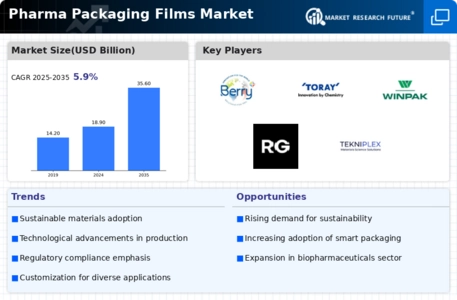
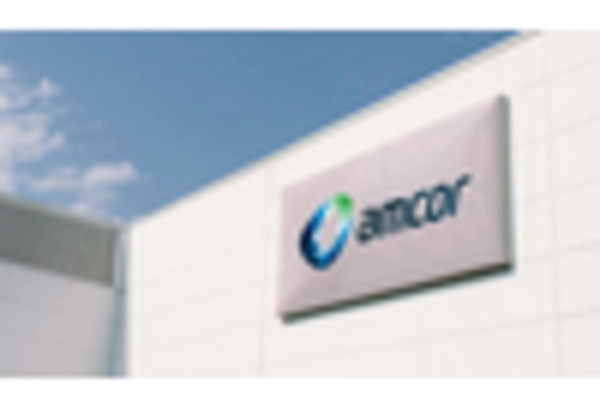

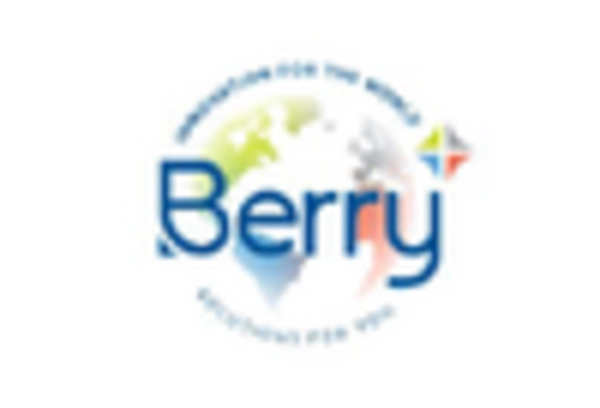

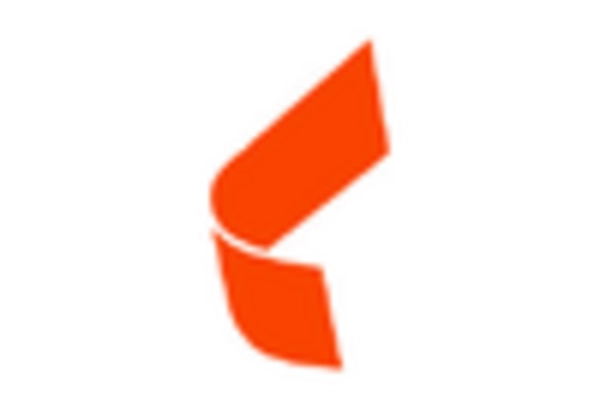
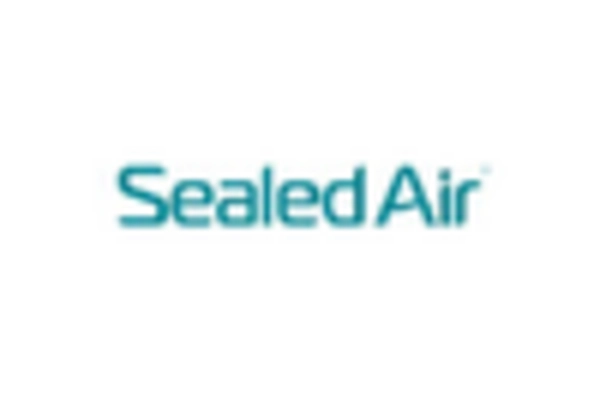









Leave a Comment